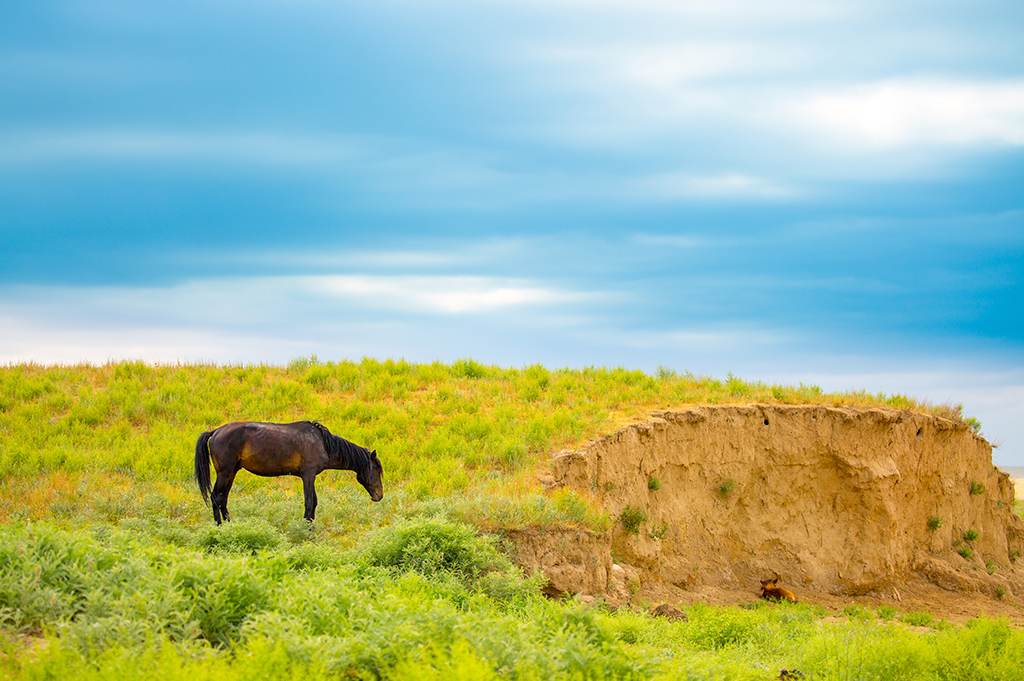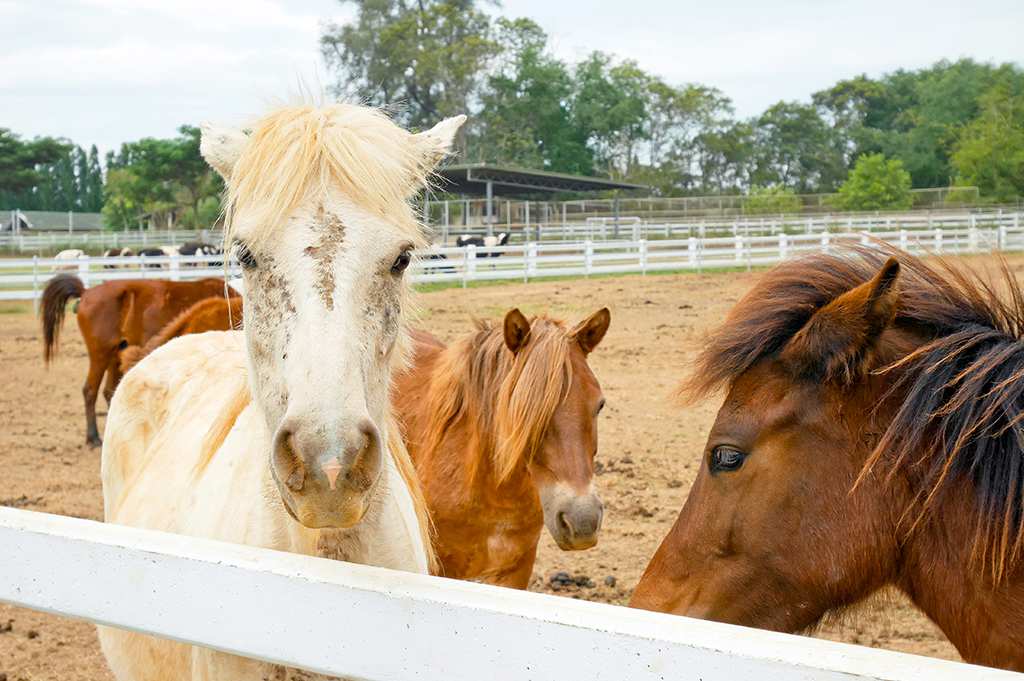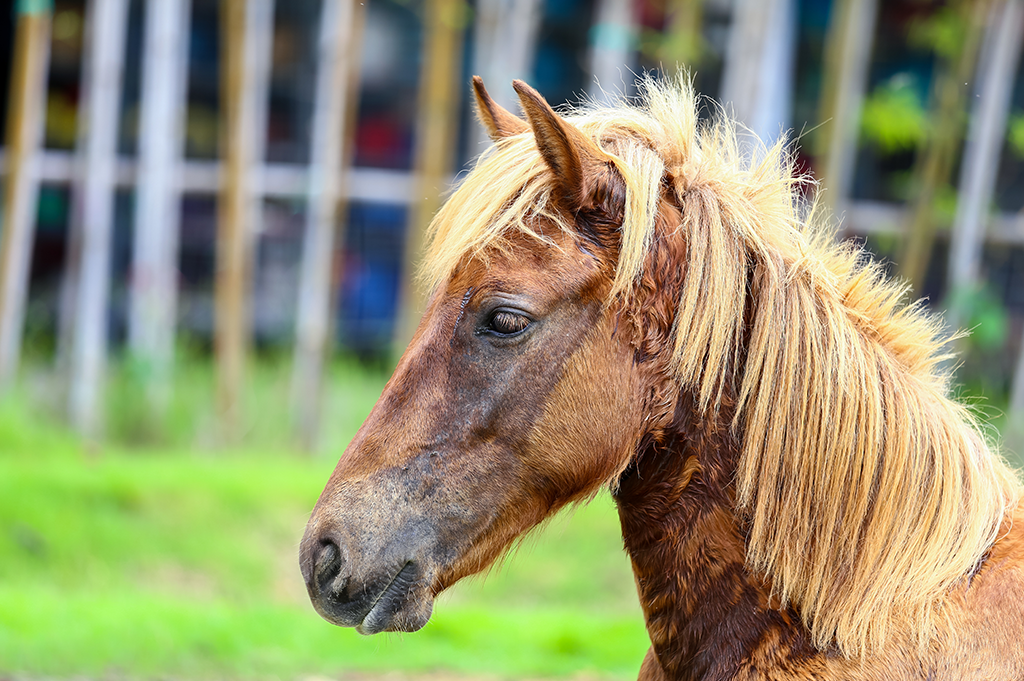As a horse owner, you’ll want to do all you can to ensure that your horse is well and not suffering from illness! Sarcoids are a common condition in horses, and can be serious. To help you know what to look out for, at The Insurance Emporium, we’re sharing our helpful guide to the symptoms and treatment of equine sarcoids.
Sarcoids are a common skin condition in horses. Often wart-like in appearance, they’re actually skin tumours which, although they don’t usually spread to internal organs, can be locally invasive.
What causes sarcoids?

Bovine papilloma virus (BPV) has been found to cause sarcoids in some horses. While not all horses with BPV will contract sarcoids, some horses may have a genetic disposition toward the condition. If horses are genetically susceptible to contracting sarcoids, they will likely develop the issue multiple times, even after treatment. Skin that has previously been wounded might also be more prone to develop sarcoids.
What types of sarcoid are there?

There are six types of sarcoid, each of which can be found in all equid species, not just horses.
Occult
Sometimes mistaken for ringworm or rub marks from tack, occult sarcoids present as circular, hairless areas of skin. While they may remain static for years and not present any clinical symptoms, if occult sarcoids are accidentally traumatised, they may develop into fibroblastic sarcoids, which are much more serious.
You’ll commonly see occult sarcoids on the nose, side of the face and the inside of the thigh.
Verrucous
Verrucous sarcoids often appear grey and wart-like. These kinds of sarcoids are sometimes seen in isolation, but can group together and form larger lesions. Although generally not painful for horses, following interference or inappropriate treatment, verrucous sarcoids can develop into a more aggressive form, such as fibroblastic or malignant sarcoids.
These kinds of sarcoid are commonly found on the face, groin, sheath and around the legs.
Nodular
Nodular sarcoids are usually covered by a layer of skin. Like occult and verrucous sarcoids, if nodular sarcoids are accidentally interfered with or given inappropriate treatment, they can develop into more serious types, like fibroblastic.
You’ll commonly find nodular sarcoids in the eyelid, inside thigh, armpit and groin areas of horses.
Fibroblastic
One of the more severe types of sarcoid, fibroblastic sarcoids can be found anywhere on a horse’s body. They are aggressive tumours, which appear as fleshy masses and often have ulcerated surfaces. Fibroblastic can grow quickly, bleed easily, and can develop rapidly from other types of sarcoids or at wound sites.
Malevolent
The most aggressive form of sarcoids, malevolent sarcoids can rapidly spread over a wide area, and very quickly grow in size. While these kinds of sarcoids can be the result of repeated incomplete or unsuccessful treatments, they can also develop spontaneously. Malevolent sarcoids are rare, and treatment options are very limited.
While rare, you’ll most commonly find malevolent sarcoids on a horse’s face, inside thigh and elbow regions.
Mixed sarcoids
It is common for sarcoids to display mixed characteristics of two or more sarcoid types. While mixed sarcoids can develop anywhere on your horse’s body, they’re most commonly found on the head, armpit and groin area.
How are sarcoids diagnosed?
Since there are so many types of sarcoids, each with different appearances, behaviours and treatments, it is vital to correctly diagnose the types of sarcoids your horse has. Diagnosing sarcoids usually occurs upon inspection of the appearance and location of the affected area. Other potential conditions should be ruled out, such as fungal infections and warts. A biopsy is not recommended, as any kind of interference of this kind can potentially irritate the sarcoid and make it worse.
At The Insurance Emporium, we’d always recommend contacting your vet if you’re worried about your horse’s health or notice any abnormalities. Your vet should be able to correctly diagnose the type of sarcoids by appearance, and recommend the appropriate treatment.
Can you treat sarcoids?
Treatment depends on the type of tumour as well as its location. If the sarcoid is mild and presents no problem, it can often be left without treatment. However, you should keep checking your horse to make sure the tumour doesn’t develop further, and consider consulting your vet for advice. If your horse does need treatment, they may need cryosurgery, topical medication, chemotherapy drugs, surgery, or radiotherapy to treat the tumours. Care has to be taken to match the treatment to the type of sarcoid, as any inappropriate action could make them more aggressive.
Are sarcoids contagious?

Although there is a possibility that sarcoids may be contagious, this is as yet unproven. Bovine papilloma virus (BPV), which can lead to horses developing sarcoids, may be caused by biting flies. However, most horses will develop BPV at some point in their lives and only those genetically predisposed will develop sarcoids.
What is the prognosis for horses with sarcoids?
If your horse is genetically predisposed to contracting sarcoids, it is likely they will appear multiple times throughout their life, even after treatment. Horses treated at an early stage of the disease when the lesions and tumours are smaller may have a better prognosis than those treated later. Again, it’s important for the sarcoids to be correctly identified by a vet, as inappropriate treatment could make the problem much worse.
Can sarcoids be prevented?
Currently, there’s no vaccine to against sarcoids. Some work, though, is being put into one for the bovine papilloma virus, which could also protect against sarcoids in the future. You can also ensure you follow correct wound management for your horse, especially during warmer seasons when there are large numbers of flies, as this might help prevent infection.
It’s important to remember to make the most of your adventures with your horse! Therefore it could be good to bear in mind that whilst sarcoids can be difficult for both you and your horse, it’s a condition that can respond to the correct treatment. It might also be a good idea to consider taking out horse insurance, to provide cover should anything go wrong. At The Insurance Emporium, we offer flexible Horse Insurance with Optional Benefits. You could also get up to 30% discount^ off your policy.
^ The 30% discount is made up of 20% Introductory Discount plus 10% Multi-horse Discount (if appropriate). The Introductory Discount is available for the first 12 premium payments on lunar and calendar monthly policies or one premium payment on annual policies.
All content provided on this blog is for informational purposes only. We make no representations as to the accuracy or completeness of any information on this site or found by following any link on this site. We will not be liable for any errors or omissions in this information nor for the availability of this information. We will not be liable for any loss, injury or damage arising from the display or use of this information. This policy is subject to change at any time.


